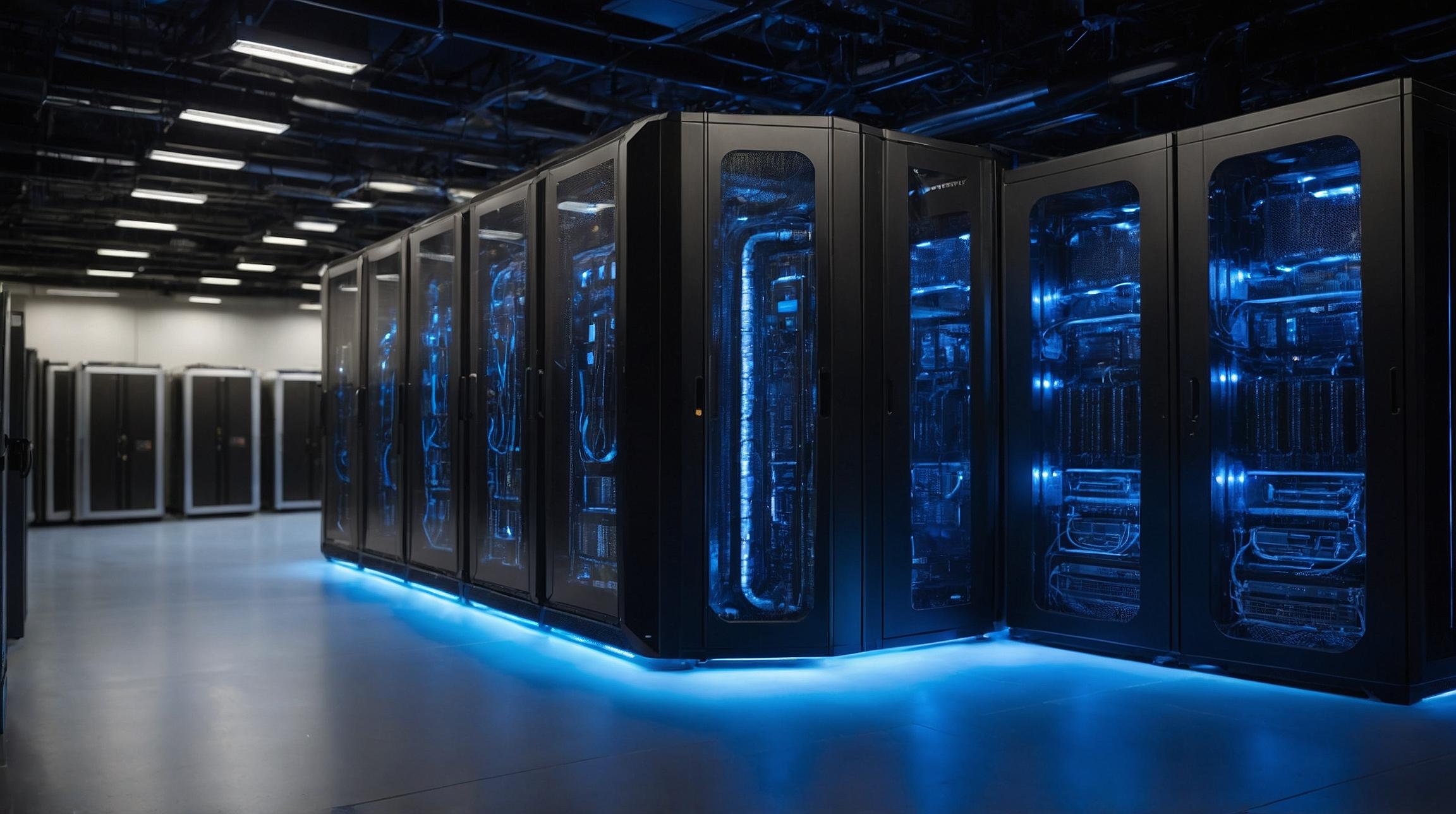2023: A Recap of Recurring Themes
Part of the fun of writing a weekly column is looking back at recurring themes. Here’s a recap of 2023 that groups my “frequent flyer” subject areas, which collectively demonstrate I am both an economic optimist and perhaps a bit obsessive about some topics. Correction: Make that focused.
Angel and Venture Capital: Wisconsin’s Biggest Year
Angel and venture capital (nine columns) — No one will confuse 2023 with a banner year for early-stage investing nationally or close to home, but when the digital dust settles, it will still rank among Wisconsin’s biggest dollar-total years. The number of in-state deals may be another matter. Then again, it was a year when two U.S. venture banks went out of business; Wall Street produced very few initial public offerings, or IPOs; and interest rates were high. The silver lining in the cloud? Some major in-state VCs are raising new funds and out-of-state investors are increasingly co-investing in Wisconsin deals.
Sample passage: “There’s rarely a time when it’s easy for early-stage companies to raise money from investors, and today’s conditions fall on the opposite end of the scale. And yet, for those companies with technologies or business ideas favored by the market, finding angel or venture capital is not only possible but perhaps well-timed from the perspective of investors searching for well-priced deals.”
Resiliency in Energy, Water, and Manufacturing
Resiliency in energy, water, and manufacturing (eight columns) — Certain traits set Wisconsin industry apart. It’s one of the nation’s top manufacturing states; it’s uniquely positioned to lead a transition to next-generation fission and (someday) fusion for mass energy generation; it’s a source of innovation in wind and solar energy; and it’s blessed with water as well as the exportable know-how for keeping it clean and plentiful.
Sample passage: “With effects of climate change being seen across the globe, interest is reviving in nuclear fission as a source for clean, emissions-free power. Other alternative sources such as wind, solar, hydro, and geothermal are part of the picture, as well, but nuclear fission cannot be overlooked at a time when commercial fusion is still a long way from reality and traditional carbon sources remain part of the climate problem.”
Pressures on Research and Development
Pressures on research and development (eight columns) — At the core of this category were four columns about the need for a capacity-expanding building for the UW-Madison College of Engineering, a facility that will dramatically boost the number of graduates for state industry once up and running. Attempts to ban certain types of biotechnology research in Wisconsin were opposed, and Wisconsin’s success in attracting federal planning grants in key industries was celebrated.
Sample passage: “Wisconsin has other fine engineering campuses, public and private, but demand for UW-Madison graduates is stronger than ever at a time when the industry needs well-trained engineers in all disciplines. Let’s hope negotiations breathe new life into a project that will help Wisconsin’s economy for decades to come.”
Entrepreneurism and the Economy: The Optimist’s View
Entrepreneurism and the economy (eight columns) — Here’s where the cockeyed optimist in me emerges. In addition to expressing doubt a recession was just around the corner, I wrote about the principle of “creative destruction,” which holds that economic innovation works from the bottom to crowd out inefficient models at the top. Strategies for entrepreneurs were highlighted, and success stories in communities, sectors, and within companies were covered.
Sample passage: “One survey after another has shown entrepreneurs to be relentlessly optimistic, even Pollyannish, about their chances of success. That’s despite the fact that their chances of landing startup financing are slim and their competition from the marketplace can be daunting. For many entrepreneurs, their long-term vision for success often transcends where markets are today.”
Innovation in Information Technology
Innovation in information technology (six columns) — Wisconsin’s potential to attract data centers (Microsoft is now planning one in Racine County), federal-state balances in data privacy law, the value of electronic health records, and risks and opportunities of artificial intelligence were explored. In 2024, I hope to write more about AI and democracy: Bane or deliverance?
Sample passage: “The history of technology reveals many such examples of innovation being met with suspicion and worries that mankind would lose its moral compass. … Today, it’s the explosion of artificial intelligence technologies that frightens some people. This time, however, it is not led by modern-day Luddites but people who understand tech and who actively push the innovation envelope themselves.”
Another dozen columns covered a mix of topics, so not everything fit into neat subconscious themes. For those readers who occasionally found one of those missives interesting, thanks and more to come in 2024!
Analyst comment
This news can be seen as a positive for the market. Despite the challenging conditions in 2023, Wisconsin had a strong year for angel and venture capital investments. Major in-state venture capitalists are raising new funds, and out-of-state investors are increasingly co-investing in Wisconsin deals. This indicates that there is still confidence in the state’s economy and potential for growth in the coming year.













